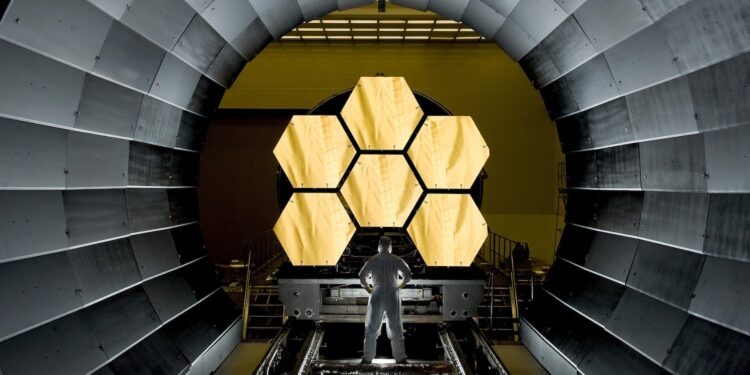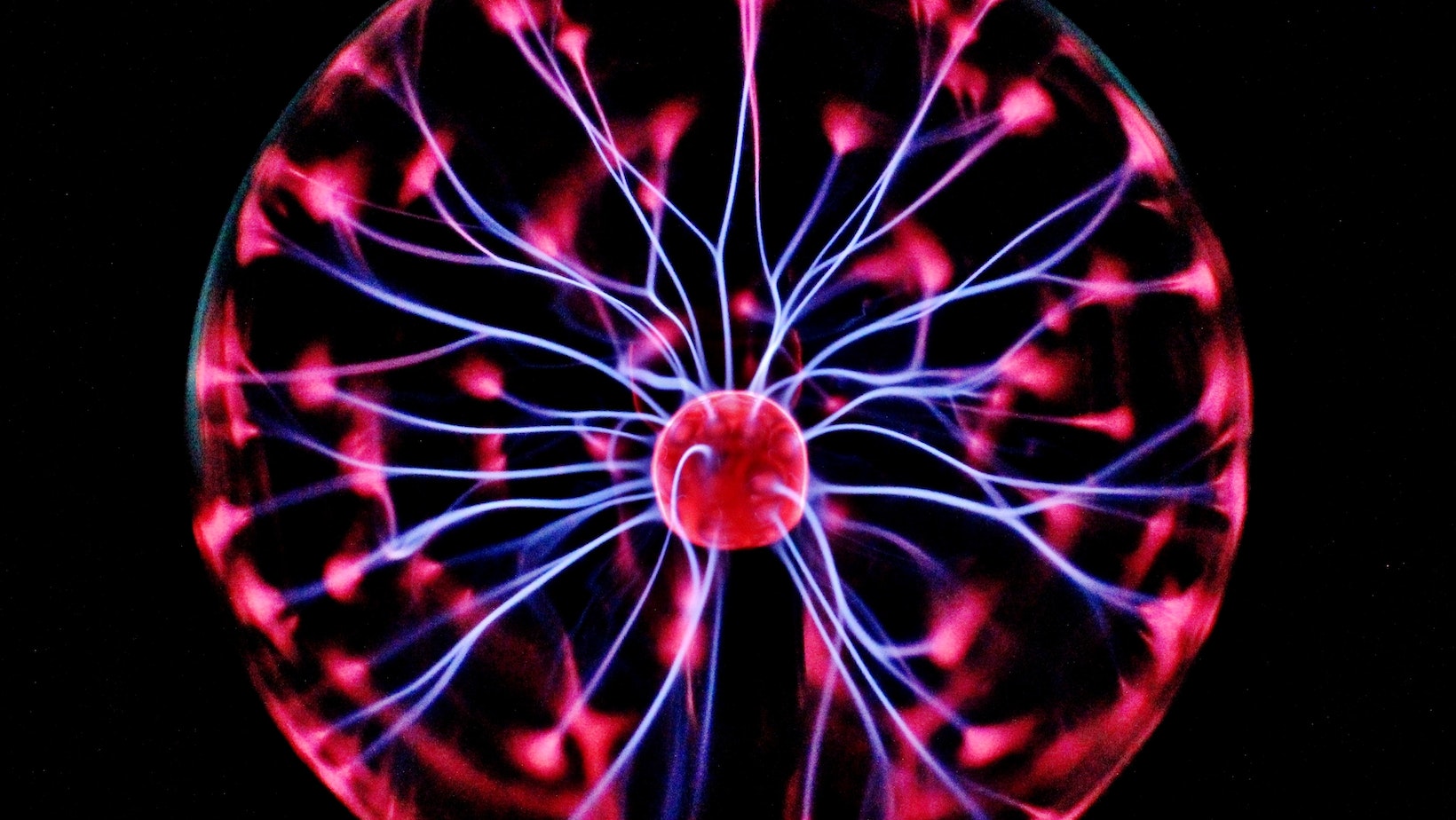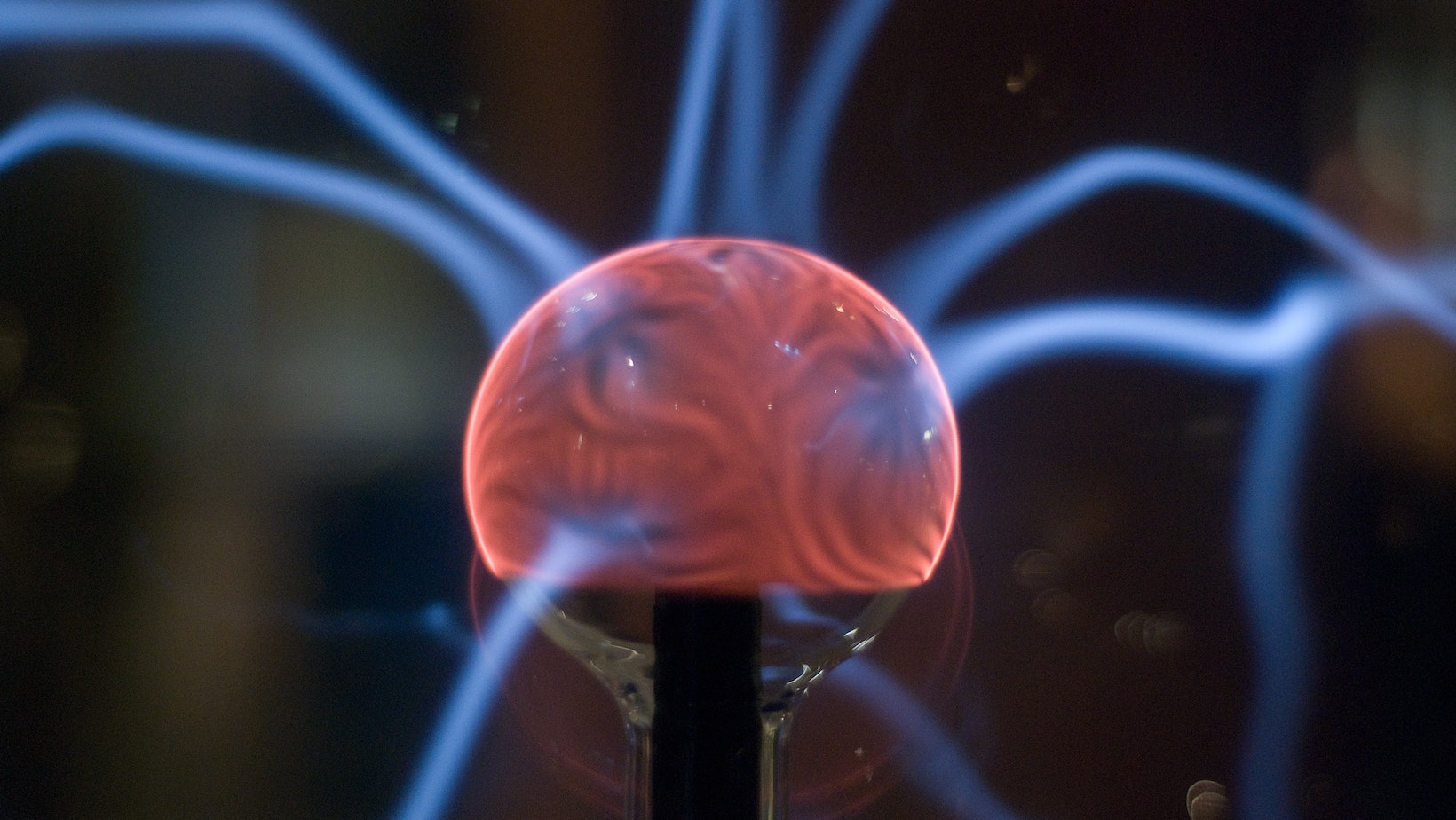J.J.Thomson was an innovative scientist who made groundbreaking discoveries in the field of atomic structure. His creative mindset enabled him to think outside the box and come up with ideas that shaped the world of science.
In this article, we will look at the consequences of the creative thinking that J.J. Thomson employed his work.
Which Activity is the Best Demonstration of J.J. Thomson’s Use of Creativity in his Work?
J.J. Thomson’s contribution to science is best known for his discovery of the electron and his subsequent work on the nature of cathode rays. However, Thomson’s use of creativity in his scientific exploration was a significant factor in his success.
Thomson’s approach to scientific discovery was characterised by his willingness to question established theories and think outside the box. He was not afraid to follow his intuition and pursue ideas that were seen as unconventional or even radical.
Thomson’s use of creativity had far-reaching consequences for the field of physics. His discovery of the electron paved the way for a new understanding of the nature of matter and the development of modern electronics.
Thomson’s approach to problem-solving serves as an inspiration for future scientists, encouraging them to embrace creativity in their quest for knowledge and innovation.
The Role Of Creativity In Scientific Discovery
The role of creativity in scientific discovery cannot be overstated. J.J. Thomson’s use of creativity was instrumental in advancing the field of physics and revolutionising our understanding of the atom.
Thomson used his imagination to develop the concept of the electron, which helped to explain the behaviour of electric currents in a vacuum. His use of creativity allowed him to see beyond the accepted scientific theories of his time and make new discoveries.
Thomson’s work with the electron eventually led to the development of modern electronics and paved the way for the creation of computers, smartphones, and other modern technologies.
The consequences of Thomson’s use of creativity have been immense, changing the course of scientific progress and improving our lives in countless ways.
Thomson’s creative process
J.J. Thomson’s creative process was marked by a combination of intuition, imagination, and empirical observation, which he used to develop his groundbreaking theories.
His process involved exploring and questioning conventional knowledge, and he approached problems with a willingness to experiment and take risks.
Thomson’s creativity led to the discovery of the electron, which revolutionised the field of atomic physics and laid the foundation for modern electronics.
Pro Tip: Innovation in science and other fields often requires creative thinking, risk-taking, and a willingness to challenge existing paradigms and explore new possibilities. So, don’t hesitate to embrace your creativity!
The consequences of J.J. Thomson’s use of creativity
John Joseph Thomson was a renowned scientist who used creativity to make incredible scientific discoveries. His studies in the field of physics and chemistry helped to shape the modern world and led to major advancements in science and technology.
In this article, we will explore the consequences of Thomson’s use of creativity in his scientific work and its impact on the scientific community.
Impact on the field of physics
J.J. Thomson’s use of creativity in the field of physics led to a number of significant discoveries that revolutionised our understanding of the nature of matter and electricity.
Thomson is best known for his experiments with cathode rays, which led to the discovery of the electron and earned him a Nobel Prize.
He also introduced the concept of isotopes and made important contributions to the development of mass spectrometry.
Thomson’s innovative approach to problem-solving and his willingness to challenge established theories paved the way for future generations of physicists to make groundbreaking discoveries and advance our understanding of the physical world.
Pro tip: Emulating Thomson’s creative approach to problem-solving is a great way to unlock your own potential and achieve breakthroughs in your field.
Influence on future scientists and their use of creativity
J.J. Thomson’s use of creativity had a profound impact on future scientists and their use of creativity. He showed that creativity and scientific rigor are not mutually exclusive but can complement each other to produce groundbreaking discoveries.
Thomson’s discovery of the electron, for example, was not made through conventional scientific methods but through a combination of creative thinking, experimentation, and scientific analysis. This approach inspired other scientists to think outside the box and adopt a more creative and interdisciplinary approach to research.
Today, many scientific breakthroughs are made by scientists who are not afraid to take risks and think creatively. They understand that creativity is not just about having imaginative ideas but also about applying critical thinking and rigorous methodology.
In conclusion, Thomson’s use of creativity has had a lasting impact on the scientific community, encouraging future generations of scientists to combine creativity and scientific rigor in their pursuit of discovery.
Ethical considerations surrounding scientific discoveries through creativity
J.J. Thomson’s use of creativity had both positive and negative consequences, highlighting the ethical considerations surrounding scientific discoveries made through creativity.
On the positive side, Thomson’s discovery of the electron revolutionized our understanding of atomic structure and laid the groundwork for numerous technological advancements.
On the negative side, Thomson’s discovery paved the way for the development of the atomic bomb and the use of nuclear energy, which have had devastating consequences for humanity and the environment.
This raises the question of whether scientific discoveries made through creativity should be subject to ethical guidelines and regulations to prevent their harmful applications. The potential consequences of scientific discoveries underscore the importance of responsible and ethical research practices.
Pro tip: Scientific research should always be guided by a code of ethics and a sense of responsibility towards society and the environment.



















